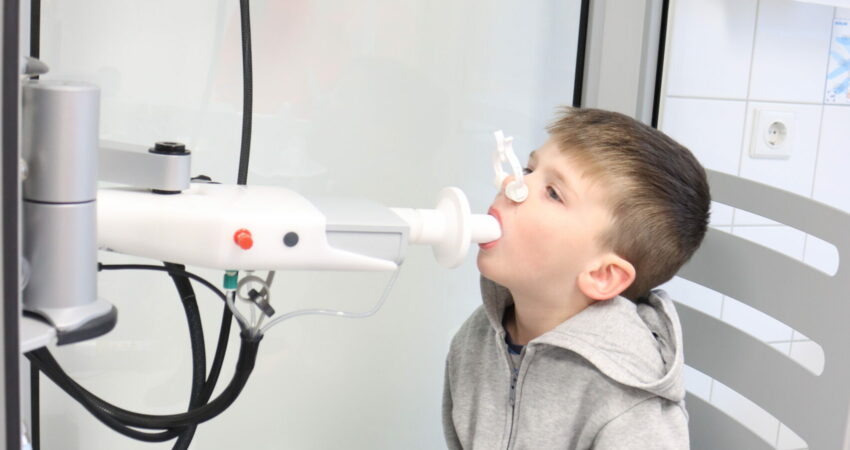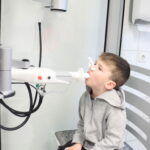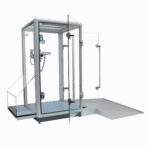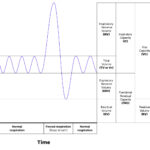Understanding Residual Volume (RV) in Respiratory Physiology Residual Volume (RV) is a critical measure in respiratory physiology, representing the amount of air remaining in the lungs after a maximal exhalation. This volume is essential for understanding lung function, diagnosing respiratory…
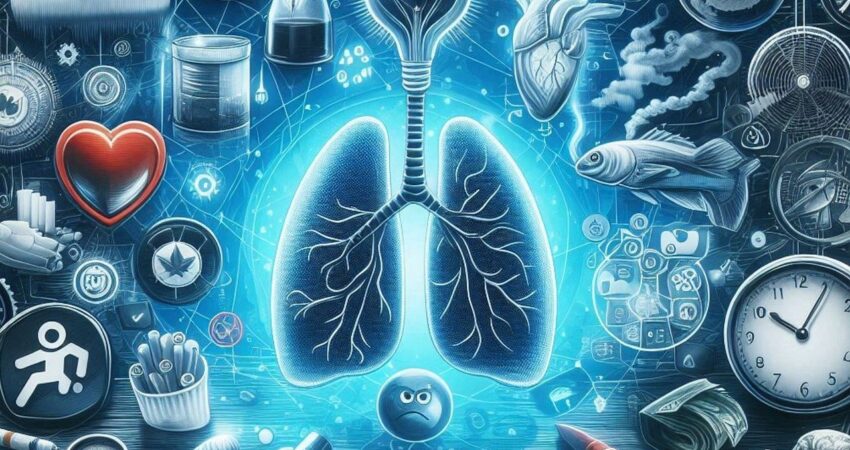
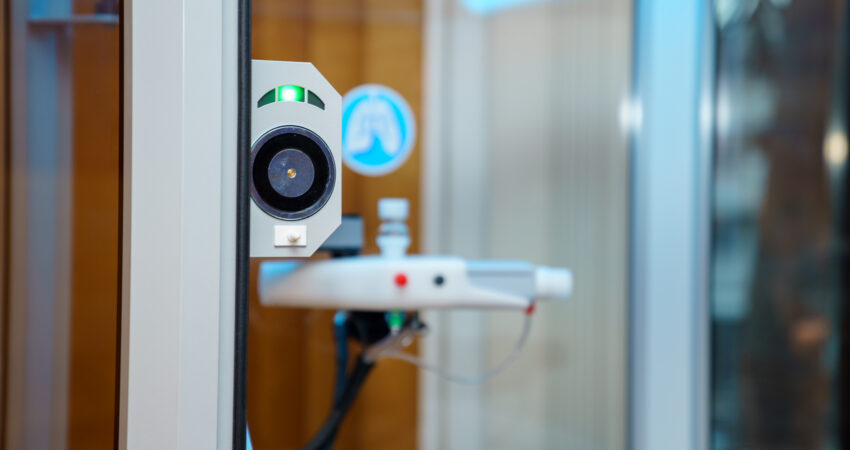
Understanding Functional Residual Capacity (FRC) in Respiratory Physiology Functional Residual Capacity (FRC) is a crucial measurement in respiratory physiology, representing the volume of air remaining in the lungs at the end of a normal, passive exhalation. Understanding and measuring FRC…

Understanding Total Lung Capacity (TLC) through Body Plethysmography Total lung capacity (TLC) is a fundamental aspect of respiratory physiology, representing the maximum volume of air the lungs can hold after a full inhalation. Measuring TLC accurately is crucial for diagnosing,…

Are e-cigarettes and vapes really less harmful than traditional cigarettes? New study results, based in part on measurements with pulmonary function devices from GANSHORN Medizin Electronic GmbH, suggest that the supposedly safer alternative is more dangerous than previously assumed. These…
In the context of pulmonary function testing, a Z-score and LLN (Lower Limit of Normal) are statistical measures used to interpret test results: Z-Score A Z-score represents the number of standard deviations a value is from the mean of a…
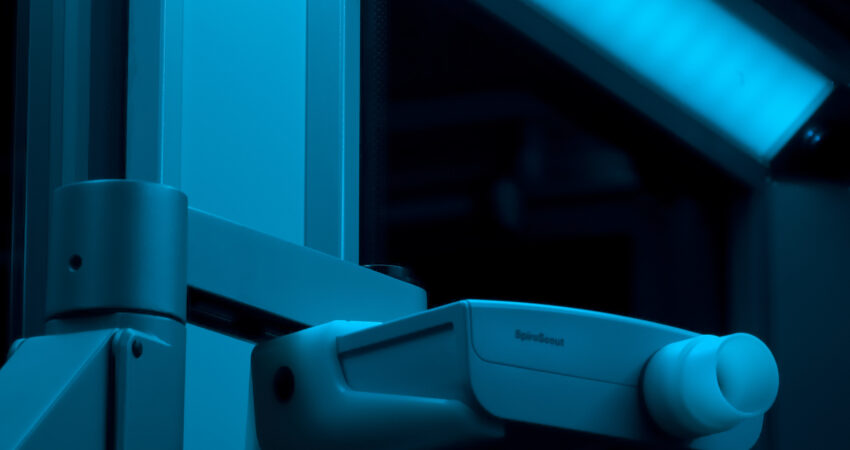
A body plethysmograph is a medical device used to measure various aspects of lung function. Here are the key parameters it can measure: Lung Volumes: It can measure total lung capacity (TLC), functional residual capacity (FRC), and residual volume (RV).…
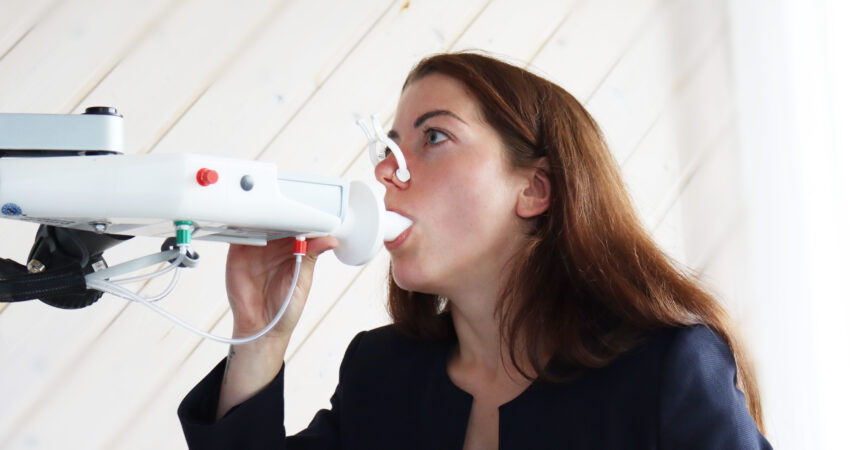
When selecting a good pulmonary function test (PFT) filter, several key parameters need to be considered to ensure accurate, reliable, and safe testing. Here are the important parameters to consider: 1. Filtration Efficiency Bacterial/Viral Filtration Efficiency (BFE/VFE): The filter should…
Over time, different technological variants have been developed that allow a spirometric measurement to be carried out.These basic methods exist: Mechanical Spirometers: These use moving parts to measure air flow and volume. Examples include bellows and piston spirometers. Pneumotachographs: These…
